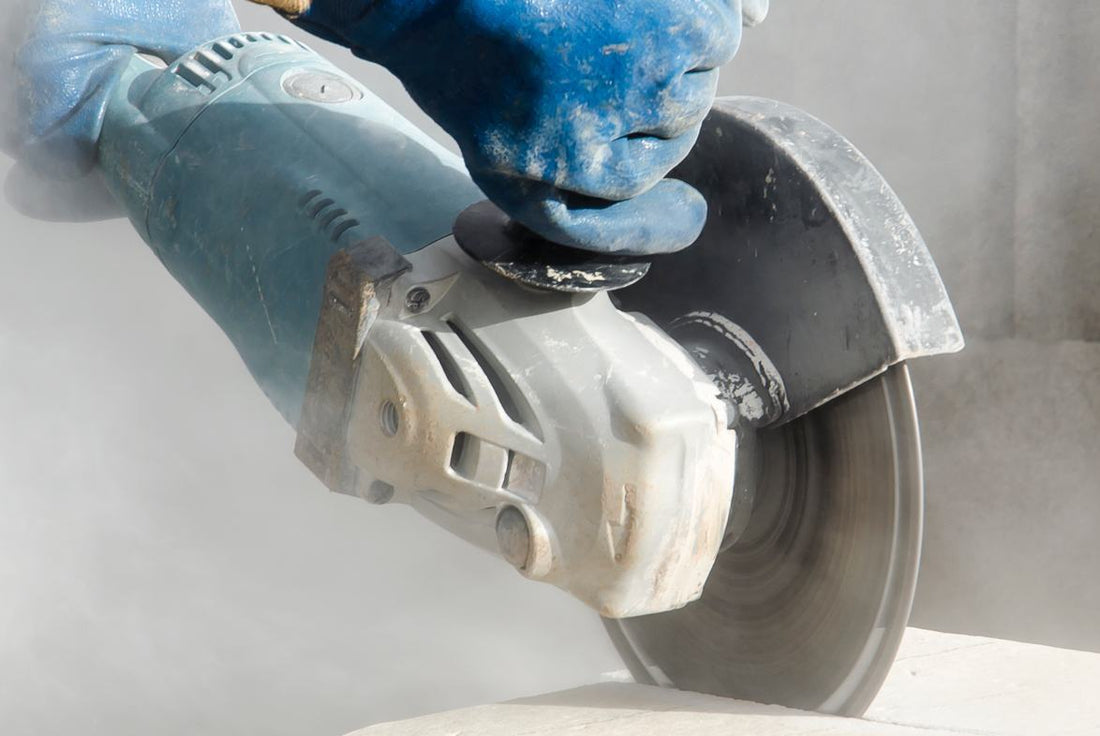New Administration’s Approach to OSHA: What Every Monument Company Must Do

Share
Why Monument Companies Need to Pay Attention Now
Donald Trump’s return to the White House has already reshaped the Occupational Safety and Health Administration (OSHA). A regulatory pause has stalled several Biden‑era rules—most notably, the draft national heat‑stress standard. While enforcement resources may be stretched, monument manufacturers and installers still face some of OSHA’s most scrutinized hazards: respirable crystalline silica, heavy stone handling, and machine guarding. The current lull is a chance to harden safety programs before federal or state inspectors (and insurance auditors) arrive.
Common OSHA Hazards in Monument Operations
| Hazard | Why it Matters for Monument Companies |
|---|---|
| Respirable Crystalline Silica | Cutting, grinding, or polishing granite and other stone releases dust small enough to lodge in workers’ lungs—causing silicosis and lung cancer. OSHA’s silica rule (29 CFR 1910.1053) sets a PEL of 50 µg/m³ and requires exposure control plans and medical surveillance. |
| Heavy Lifting & Material Handling | Slabs and finished monuments can weigh several tons. Forklifts, overhead cranes, and boom trucks pose struck‑by, crush, and tip‑over hazards if loads aren’t rigged and inspected properly. |
| Machine Guarding & Power Tools | Bridge saws, routers, polishers, and pneumatic chisels must have point‑of‑operation guards, emergency stops, and lockout/tagout procedures to prevent amputations. |
| Chemical Adhesives & Sealants | Epoxy resins, solvents, and stone sealers trigger the Hazard Communication Standard (29 CFR 1910.1200); SDSs and employee training are mandatory. |
| Noise & Hearing Conservation | Sawing and grinding often exceed the 85 dBA action level, requiring monitoring, audiograms, and hearing protection under 29 CFR 1910.95. |
| Outdoor Heat & Cold Exposure | Installation crews working in cemeteries are still subject to state heat‑illness rules even as the federal standard stalls. |
What’s Changing Under Trump—and What Isn’t
- Regulatory Pause: Federal heat, record‑keeping, and emergency‑response rules are on hold, but the silica standard remains fully enforceable.
- Leadership Turnover: Acting Assistant Secretary Amanda Wood Laihow is emphasizing voluntary compliance, yet inspection teams will still pursue “high‑hazard” industries like stone fabrication.
- High‑Hazard Emphasis: Expect targeted inspections under National Emphasis Programs (NEPs) for silica and amputations.
- State Action: Twenty‑two state plans (e.g., California, Washington) continue to advance stronger standards regardless of federal freezes.
Bottom line: Political shifts don’t cancel OSHA citations—or rising insurance premiums—if stone dust, cranes, and saws are uncontrolled.
Five‑Step Action Plan for Monument‑Company Management
- Perform a Monument‑Specific Hazard Assessment: Map every task—from slab unloading to cemetery installation—to its OSHA standard. CST’s free monument safety checklist can jump‑start the process.
- Update Written Monument OSHA Programs: Respirable Crystalline Silica Exposure‑Control Plan*, Hazard Communication Program*, Respiratory Protection Program*, Hearing Conservation Program*, Machine Guarding & Lockout/Tagout Program, Personal Protective Equipment (PPE) Program, Heat‑Illness Prevention Plan. (*OSHA‑mandated written program*)
- Engineering Controls & Air Monitoring: Use wet cutting, local exhaust, and HEPA vacuums; conduct initial and periodic air sampling to verify silica exposure is below the action level.
- Train, Test & Document: Provide annual training on silica hazards, crane/forklift operation, machine guarding, and first aid. Maintain records for at least five years (including OSHA 300 logs) and up to 30 years for exposure/medical data.
- Engage Compliance Experts: Tap OSHA’s On‑Site Consultation or partner with Certified Safety Training for silica monitoring, program development, and inspection‑ready recordkeeping.
Quick‑Reference Checklist
- Written Silica Exposure‑Control Plan completed and posted.
- Air monitoring results < 50 µg/m³ PEL (respirable silica).
- Dust‑control water feeds or LEV functioning on all saws/grinders.
- Crane/forklift daily inspections logged.
- SDSs for adhesives and sealers accessible (paper/digital).
- Annual audiograms & fit‑tests completed.
- OSHA 300/301/300A logs updated; retained ≥ 5 years.
Looking Ahead
Civil penalties for willful OSHA violations exceed $170,000 per citation in 2025. Monument companies that invest in ventilation, guarding, and training now will protect skilled craftspeople, reduce workers’‑comp costs, and strengthen their reputation with funeral homes and cemeteries who expect professional, safe service.
Need help? Contact Certified Safety Training for a complimentary, monument‑industry safety assessment and OSHA compliance roadmap.
References
- OSHA. Respirable Crystalline Silica Standard, 29 CFR 1910.1053.
- CST. Essential OSHA Compliance Guide for the Monument Industry, 2024.
- OSHA QuickTakes Newsletter, April 2 2025 – Appointment of Amanda Wood Laihow as Acting Assistant Secretary.
- Wittenberg, A. Oil industry asks Trump administration to kill heat safety rule, Scientific American, May 2025.
- Noor, D. Trump pick for workplace safety agency sparks fears heat protections will be derailed, The Guardian, May 15 2025.
